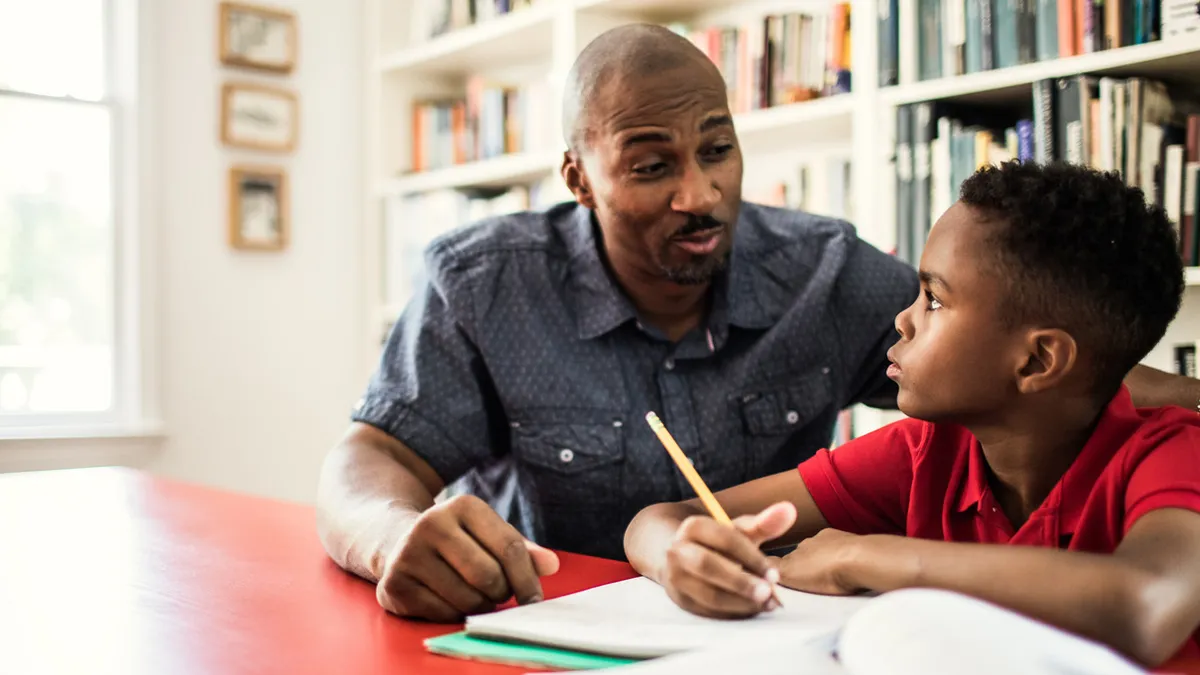Whether the model is in-person, hybrid or remote, all schools and districts are incorporating some form of remote learning this year. Given the uncertainty the pandemic has caused, longer-term planning is essential.
According to a recent Rosetta Stone Education white paper authored by Liz Brooke and Suzanne Carreker, when developing a longer-term remote learning plan, although the instinct may be to throw out the playbook and start fresh, it’s more important than ever to rely on proven frameworks and instructional strategies.
A four-phase approach can help
Fundamental aspects of scalable and sustainable plans include community relationships, empowered teachers, multi-tiered systems of support already in place and effective online/blended programs.
In their white paper, Brooke and Carreker outline a four-phase approach for creating longer-term remote learning plans, outlining established traits and frameworks that have prepared schools and districts for this moment.
The first phase, Continue, emphasizes the importance of continuity of instruction while schools are remote; the second phase, Adapt, acknowledges that adaptations will be needed in order for instruction to continue in a remote-learning environment; Preserve underscores that instructional standards can be perpetuated and high levels of learning can continue with proven online learning solutions; and the final phase, Monitor, highlights the necessity of using data to inform decision-making and gauge progress toward goals.
The ultimate goal is educational equity
As schools and districts create longer-term remote learning plans, equity should always be top of mind, whether it relates to digital access or to the same opportunities to learn. According to Brooke and Carreker, achieving educational equity requires a plan guided by a mission and vision and driven by data.
Remote learning plans should also incorporate cultural responsiveness. In his paper, Guidance on Culturally Responsive-Sustaining Remote Education, David E. Kirkland suggests that culturally responsive education should do the following:
- Make education accessible to all students
- Be co-constructed by students, families, communities and schools
- Affirm racial and cultural identities to foster positive academic outcomes
- Develop students’ abilities to connect across cultures
- Empower students as agents in their own teaching and learning
- Anticipate and design the education experience around and in response to particular social and cultural differences
- Contribute to a student’s engagement, learning, growth and achievement through the cultivation of meaningfully relevant conversations and activities
Culturally responsive-sustaining remote education, according to Kirkland, should also allow for flexibility and understanding, acknowledging the many challenges families are currently experiencing — more than one student on a laptop, unstable internet connection, and so on. Communication from schools and districts should be constant, in multiple languages and on multiple platforms. And remote education should enlist the help of parents as partners.
Educational leaders will forge the way ahead
As schools and districts forge a new path ahead, strong leadership will be critical. In their white paper, Brooke and Carreker also outline the six critical traits of effective educational leaders. From articulating a clear vision and plan to fostering the social and emotional learning of students and teachers, these traits will help to ensure equitable instruction for all students, as together they navigate what’s to come.
For more information about creating sustainable remote learning plans, download the Rosetta Stone white paper, How to Develop Scalable Remote Learning Plans: Using Familiar Frameworks to Sustain Instruction in Unfamiliar Circumstances.










